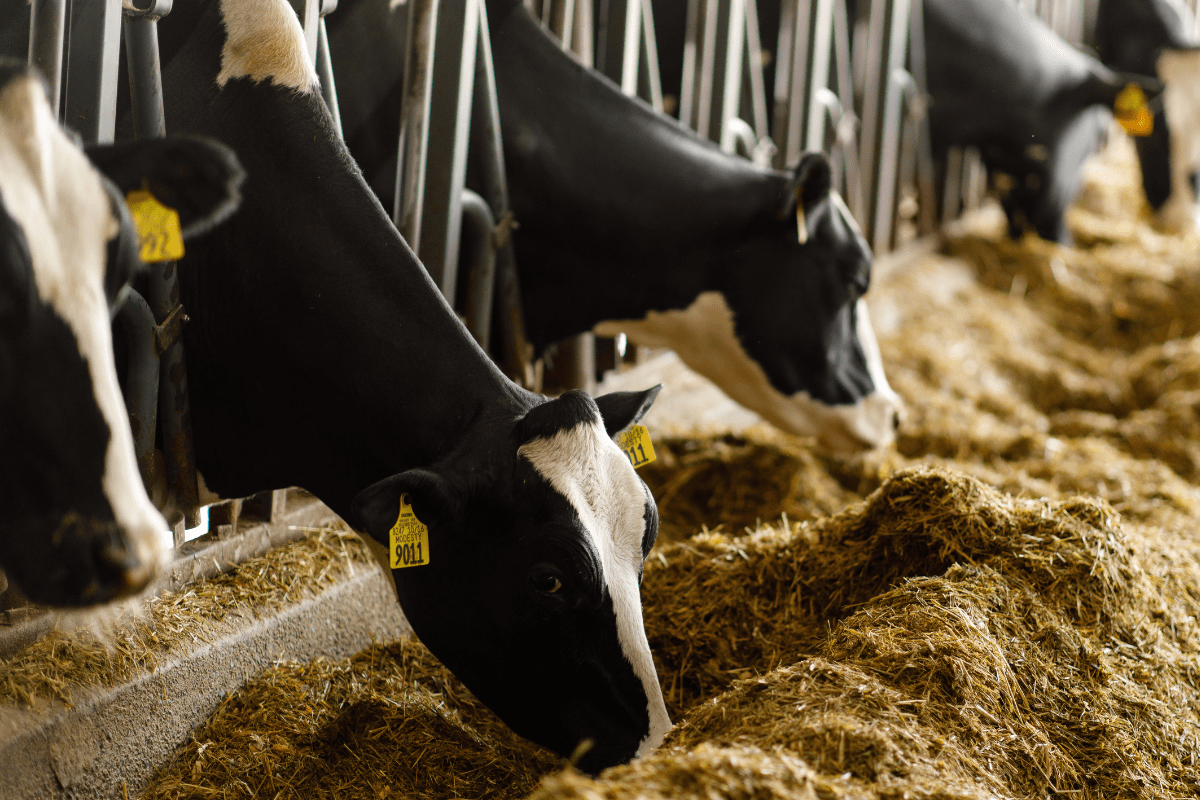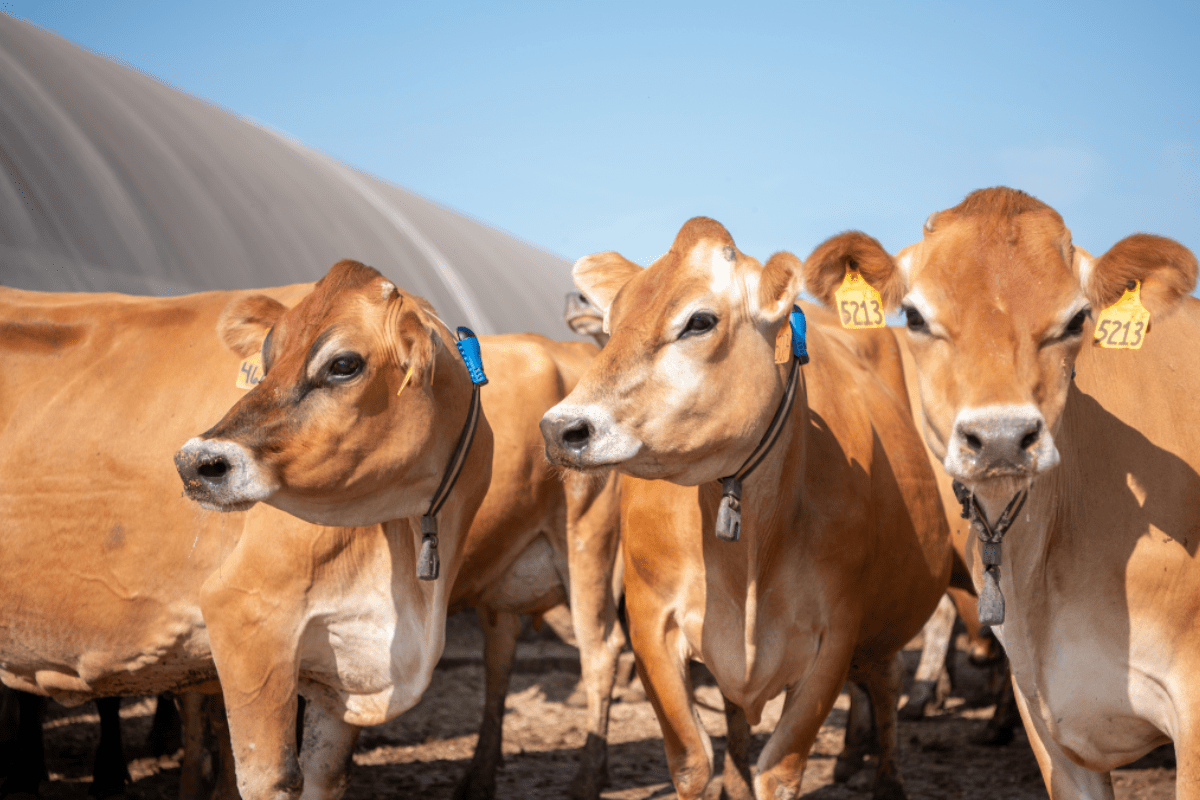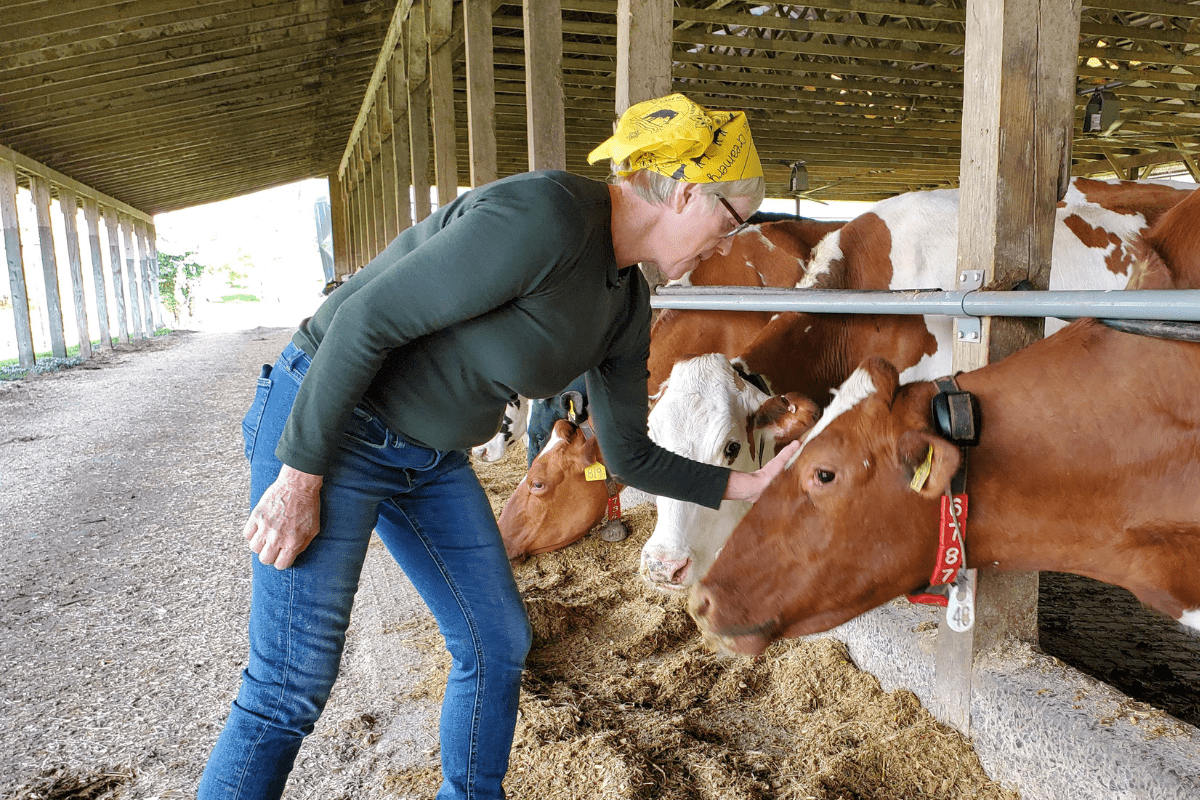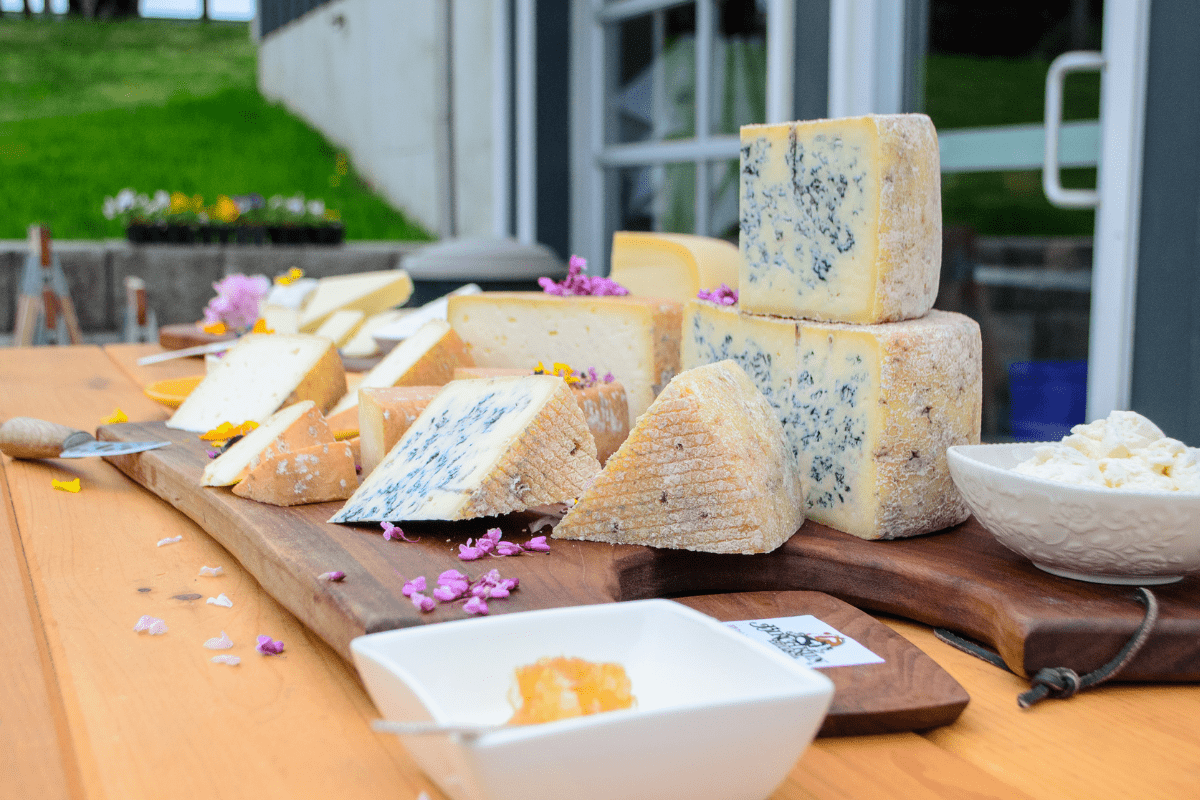When winter blankets the ground with snow and ice, we often turn to cozy comforts—cranking up the heat, lighting the fireplace, or warming up with a cup of hot chocolate. For dairy cows, however, cooler temperatures are a refreshing change. With a natural body temperature of 101–102 degrees Fahrenheit, cows are well-suited for colder weather. Dairy farmers work diligently year-round to ensure their herds remain comfortable and healthy, and winter is no exception. Let’s explore some practices that help keep cows snug and thriving during the coldest months.
Why Cow Comfort Matters
Comfortable, healthy cows are the foundation of a successful dairy farm. When cows are well-cared for, they produce high-quality milk more consistently. While cows naturally prefer cooler temperatures, they don’t thrive in extreme conditions. That’s why dairy farmers focus on maintaining draft-free barns with plenty of fresh air and space to move, ensuring optimal conditions even in winter. One of the key ways farmers prioritize cow comfort during winter is by creating protective environments inside their barns.
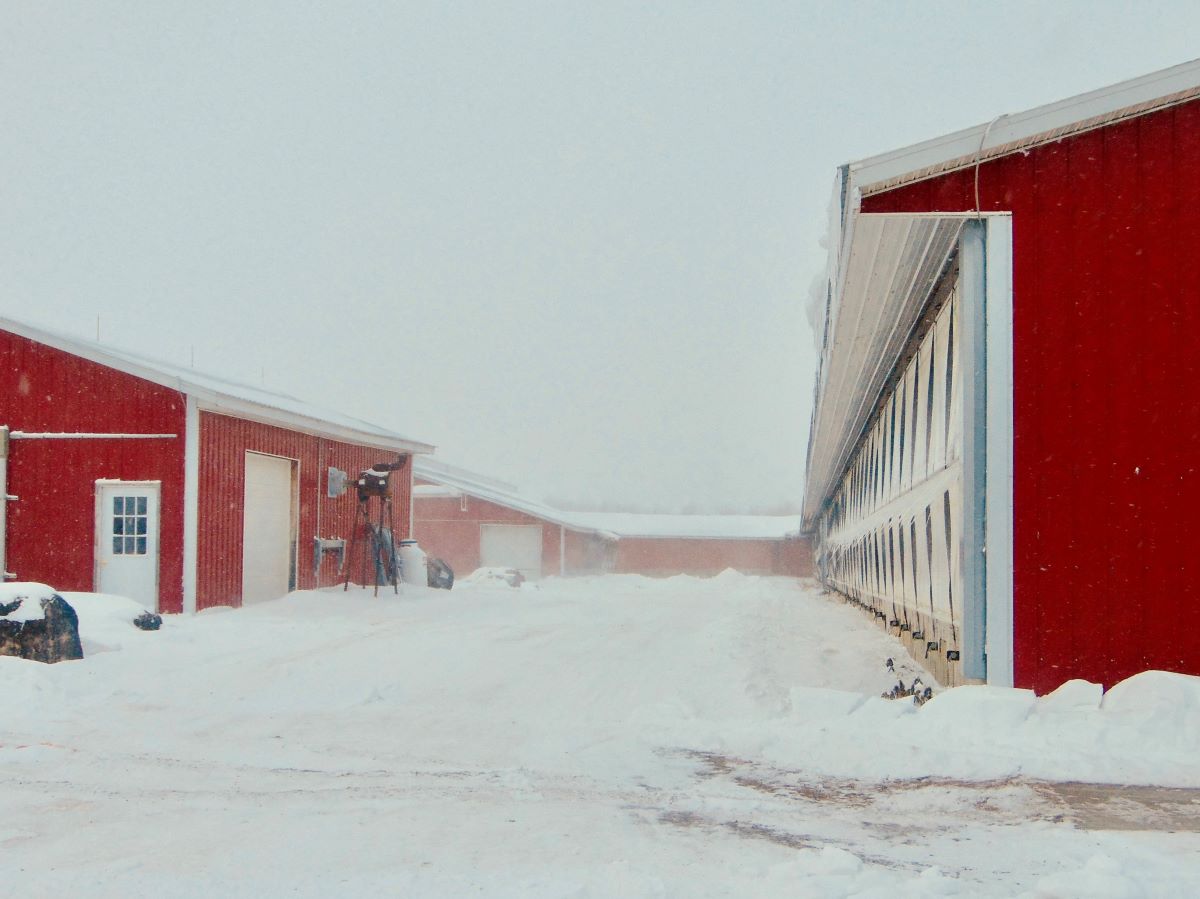
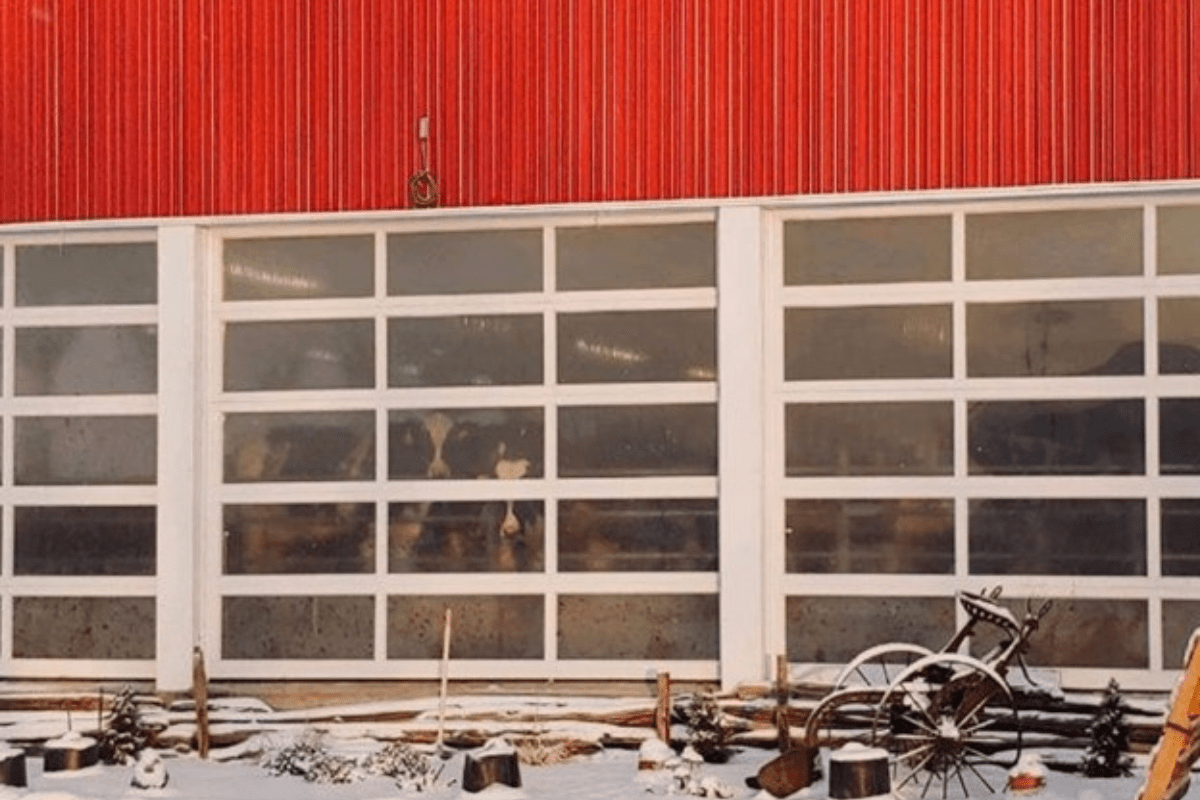
Cozy Barns
Cows on modern dairy farms often live in barns designed to shield them from winter’s chill. Insulation helps retain warmth, while adjustable curtains or panels keep temperatures consistent. Farmers add bedding to stalls to create soft, dry resting spaces, ensuring cows stay comfortable. The natural warmth from the cows themselves helps maintain a cozy barn environment with little need for external heating.
Nutritious Diets
During winter months, cows require more energy to maintain their body heat. Farmers work with feed specialists to adjust diets, ensuring cows receive the perfect balance of nutrients and higher-energy feed to stay healthy. Access to fresh, clean water is equally critical. Even in freezing conditions, farmers make sure cows have access to fresh water, so they stay hydrated throughout the season.
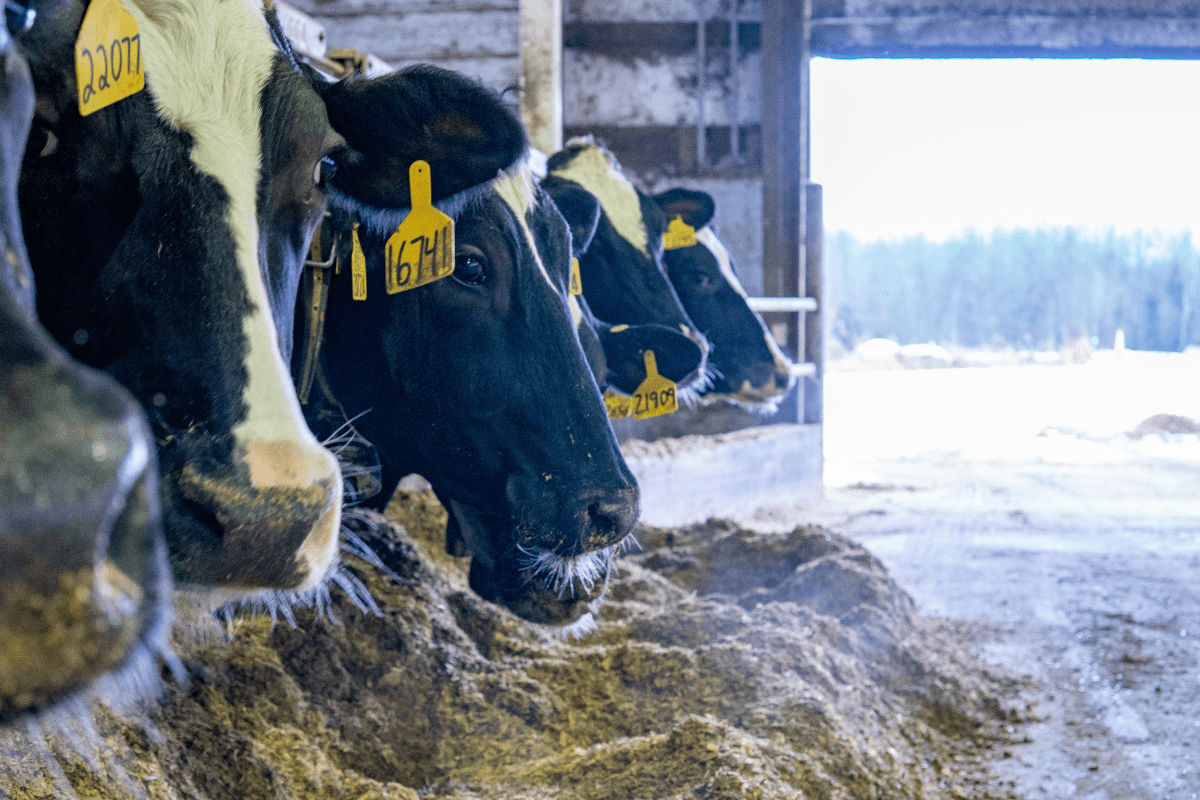
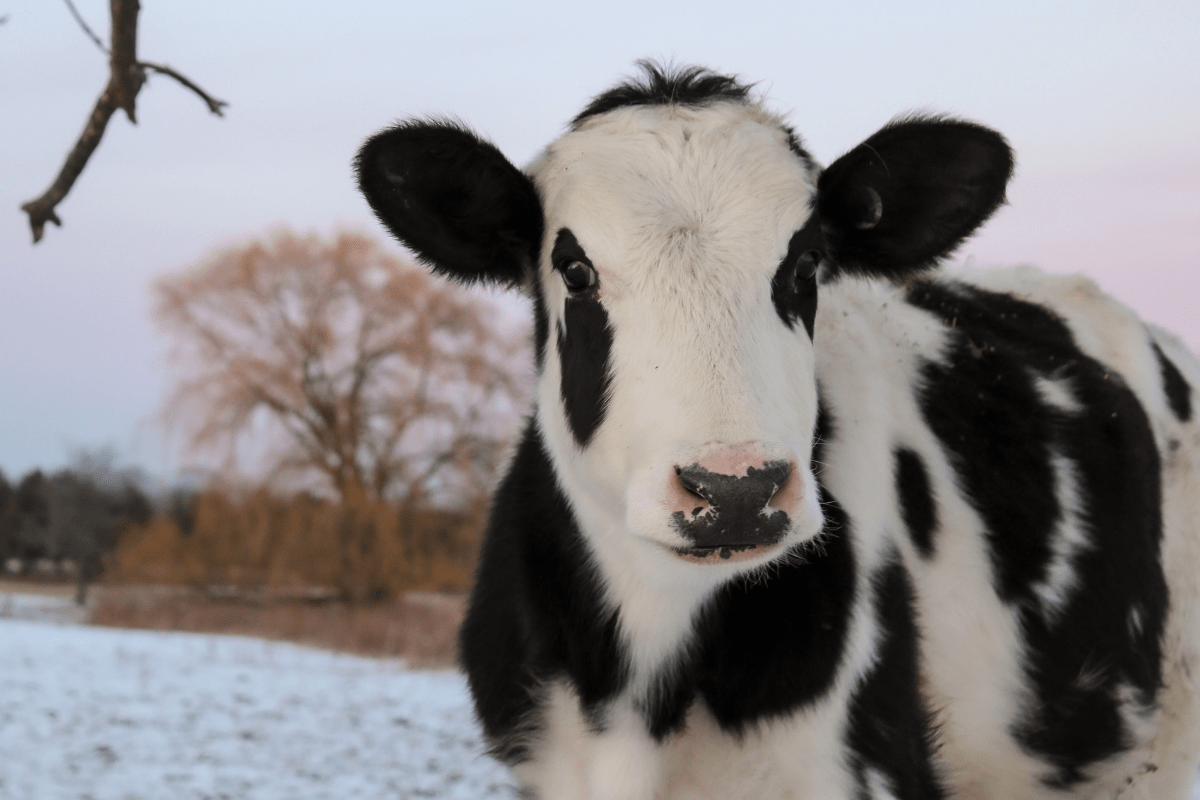
Winter Gear
On farms where cows spend time outdoors, farmers provide windbreaks and shelters to protect them from strong winds and heavy snowfall. As temperatures drop, cows also grow a thicker coat of fur, adding natural insulation. Combined with thoughtful farm practices, these measures keep outdoor cows comfortable all winter long.
While adult cows are well-adapted to cooler weather, calves require extra care to stay warm.
Protecting the Youngest Herd Members
During winter months, cows require more energy to maintain their body heat. Farmers work with feed specialists to adjust diets, ensuring cows receive the perfect balance of nutrients and higher-energy feed to stay healthy. Access to fresh, clean water is equally critical. Even in freezing conditions, farmers make sure cows have access to fresh water, so they stay hydrated throughout the season.
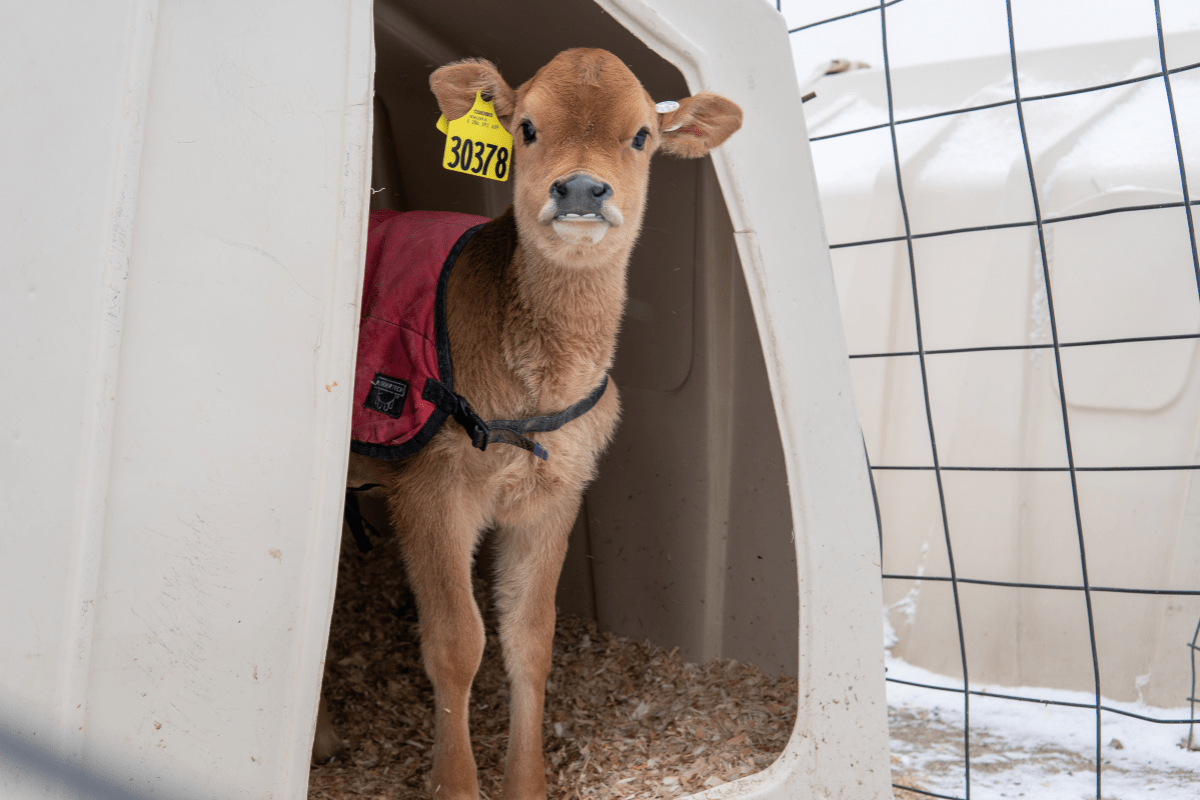
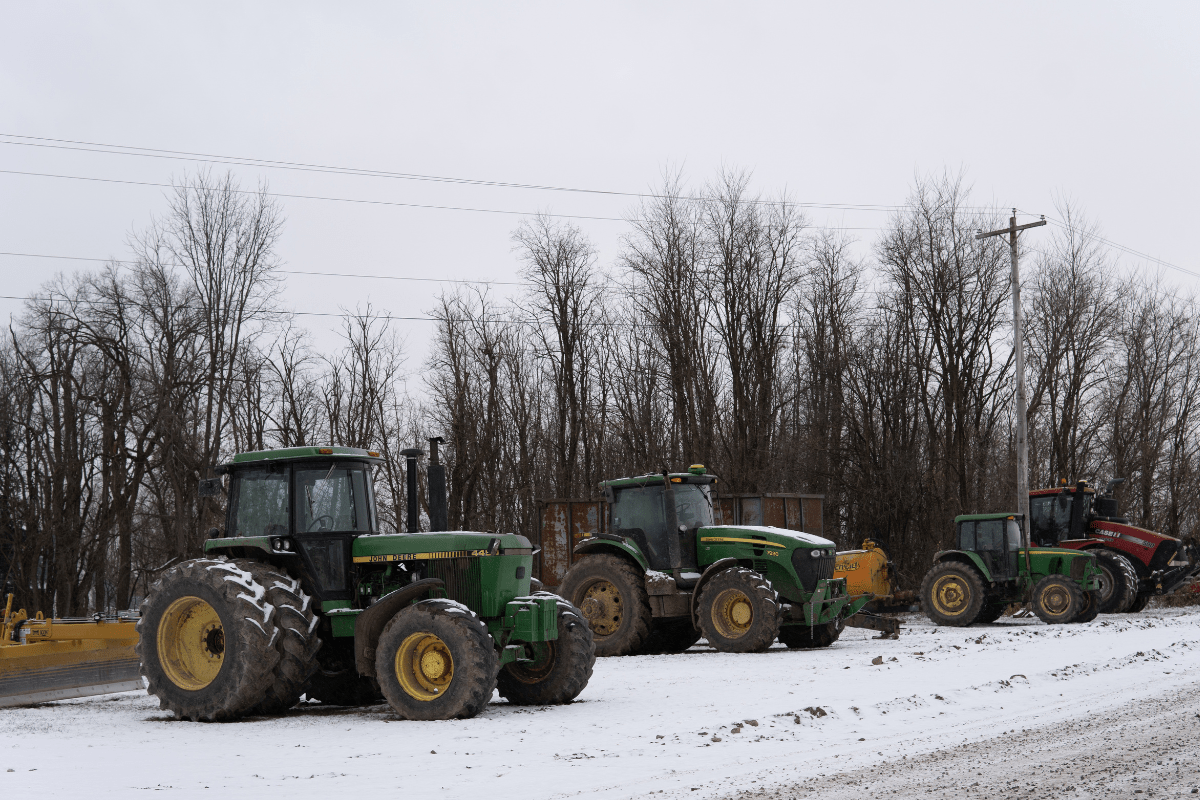
Farmer Dedication
Caring for cows during winter demands extra effort from farmers. They meticulously monitor barns for drafts, maintain equipment, and prepare for winter storms with backup power systems to ensure water and heating needs are always met.
This dedication ensures cows are not only comfortable but also healthy and thriving, regardless of the season’s challenges.
The Result
Thanks to the thoughtful care provided by dairy farmers, cows remain content throughout winter, producing fresh, high-quality milk. Each step, from creating cozy barns to fine-tuning diets, reflects the farmers’ commitment to their herds.
Next time you enjoy a glass of milk or a slice of cheese, remember the hard work and care that ensure cows are thriving—whatever the season.

